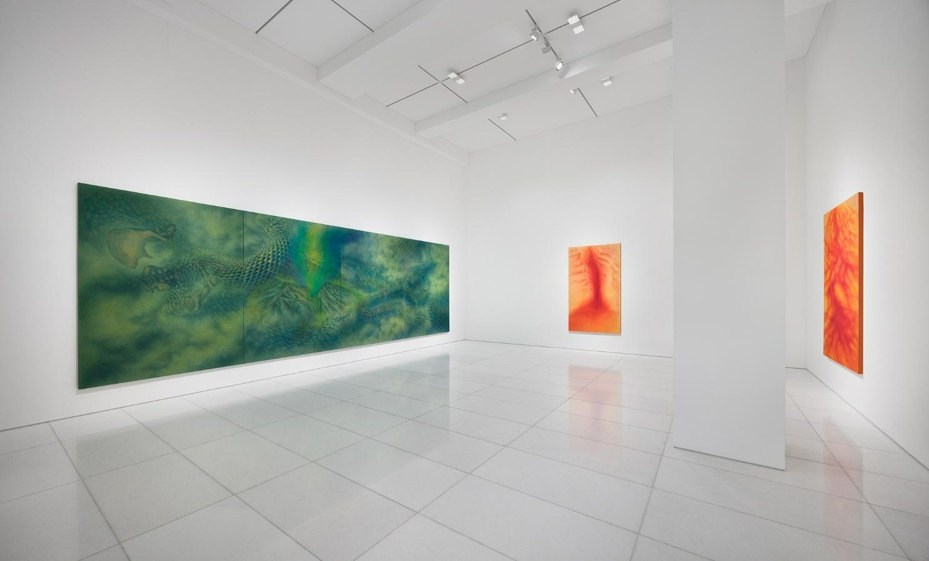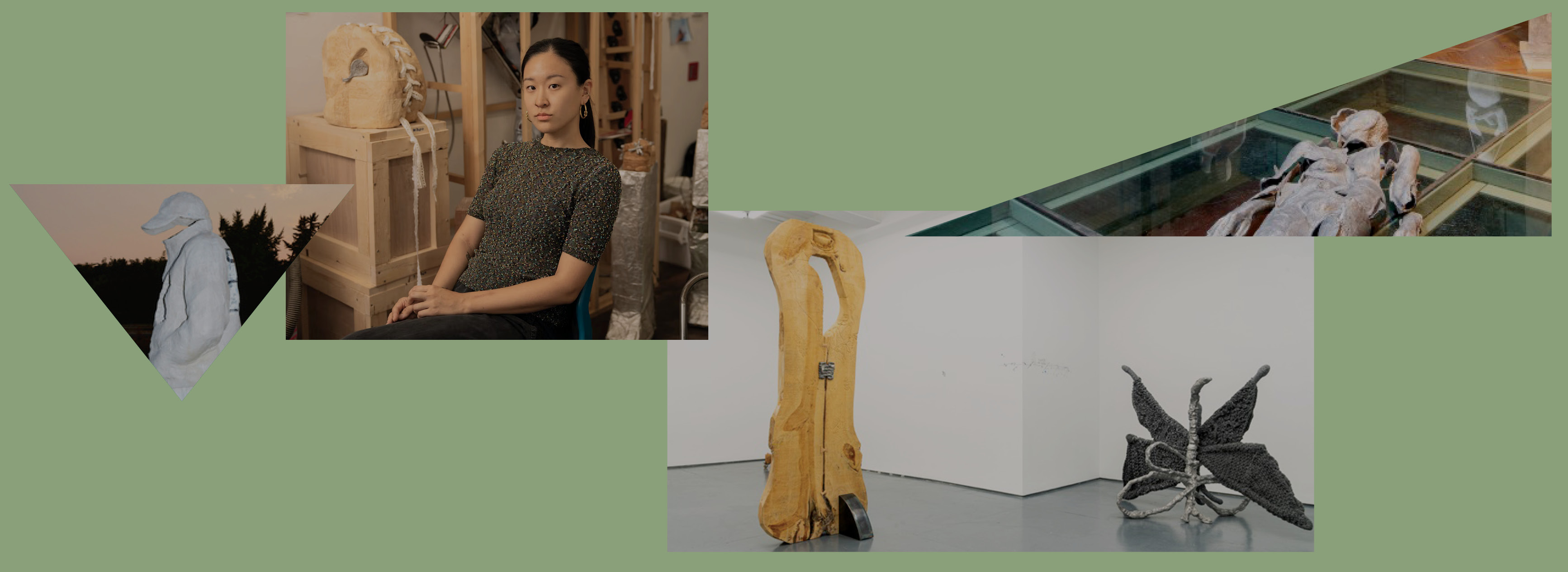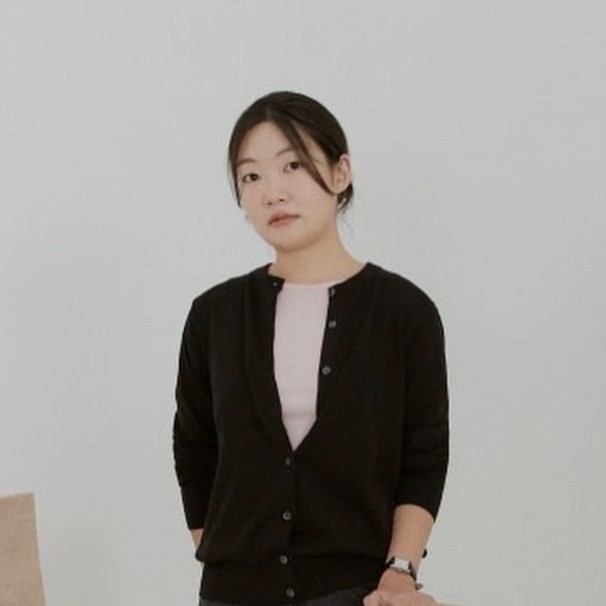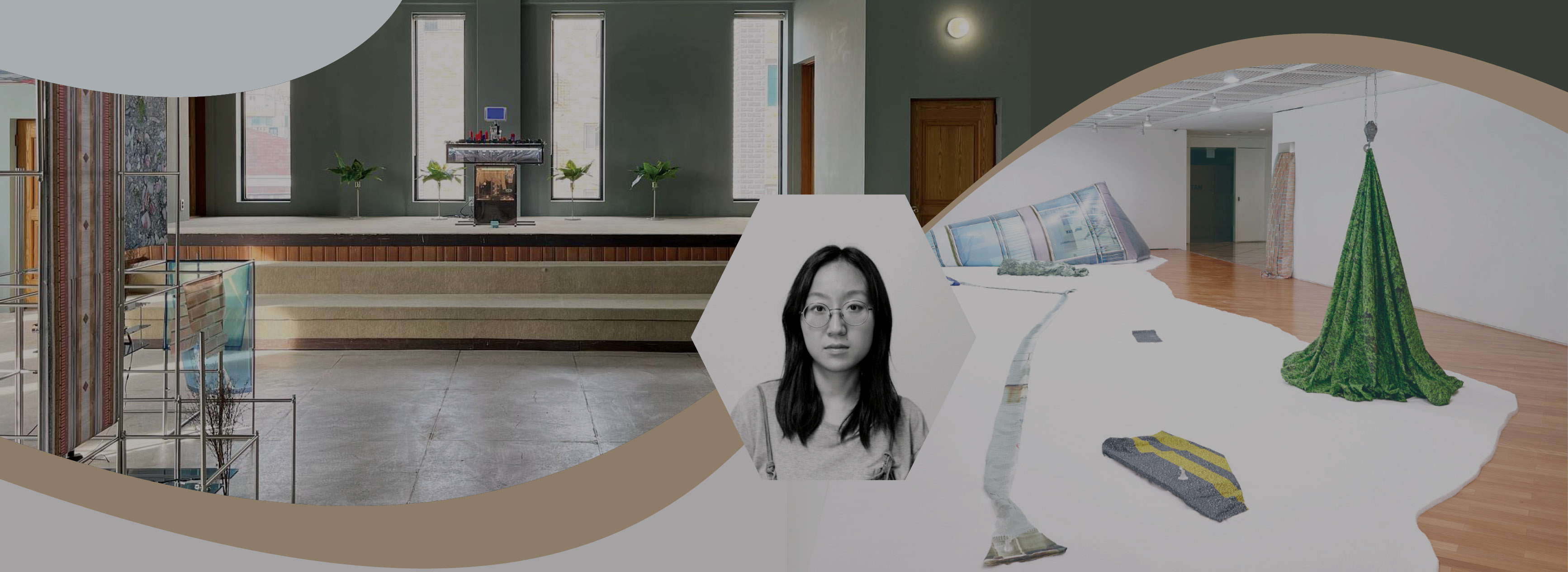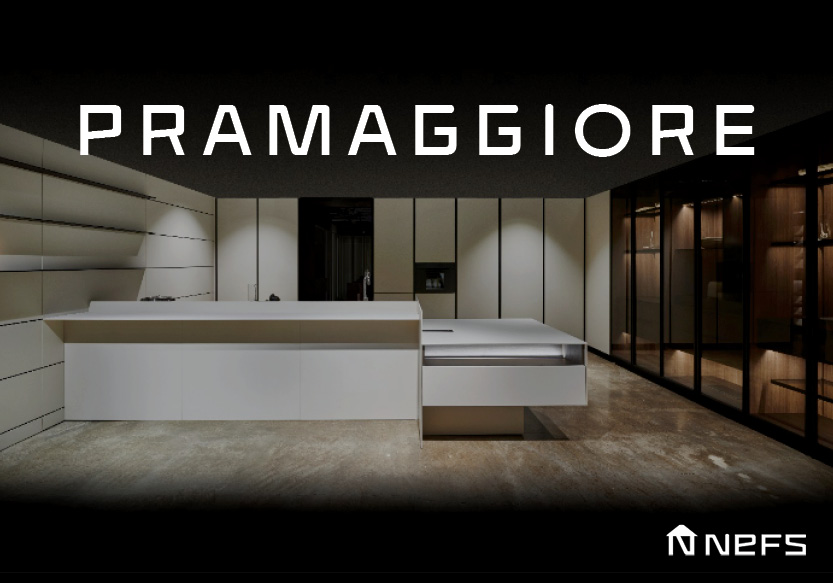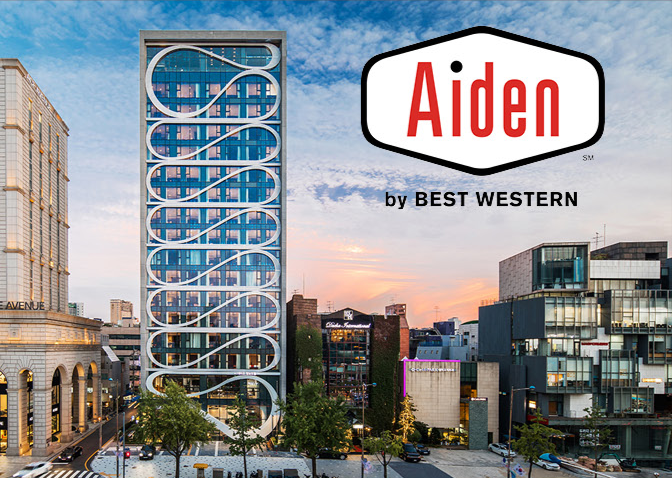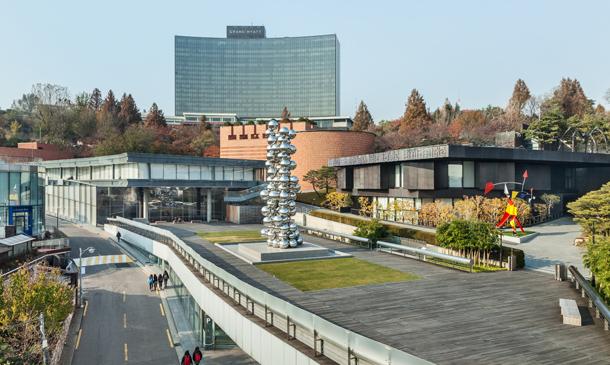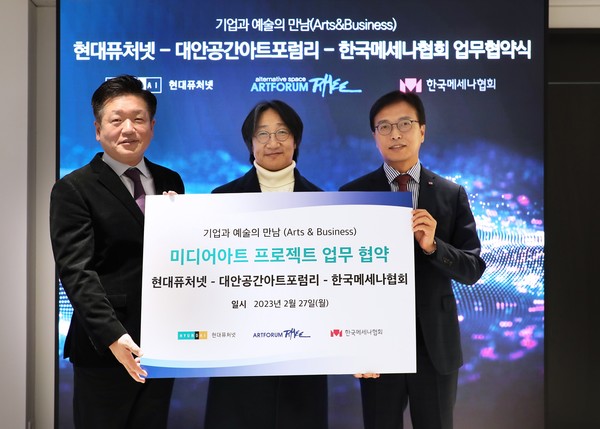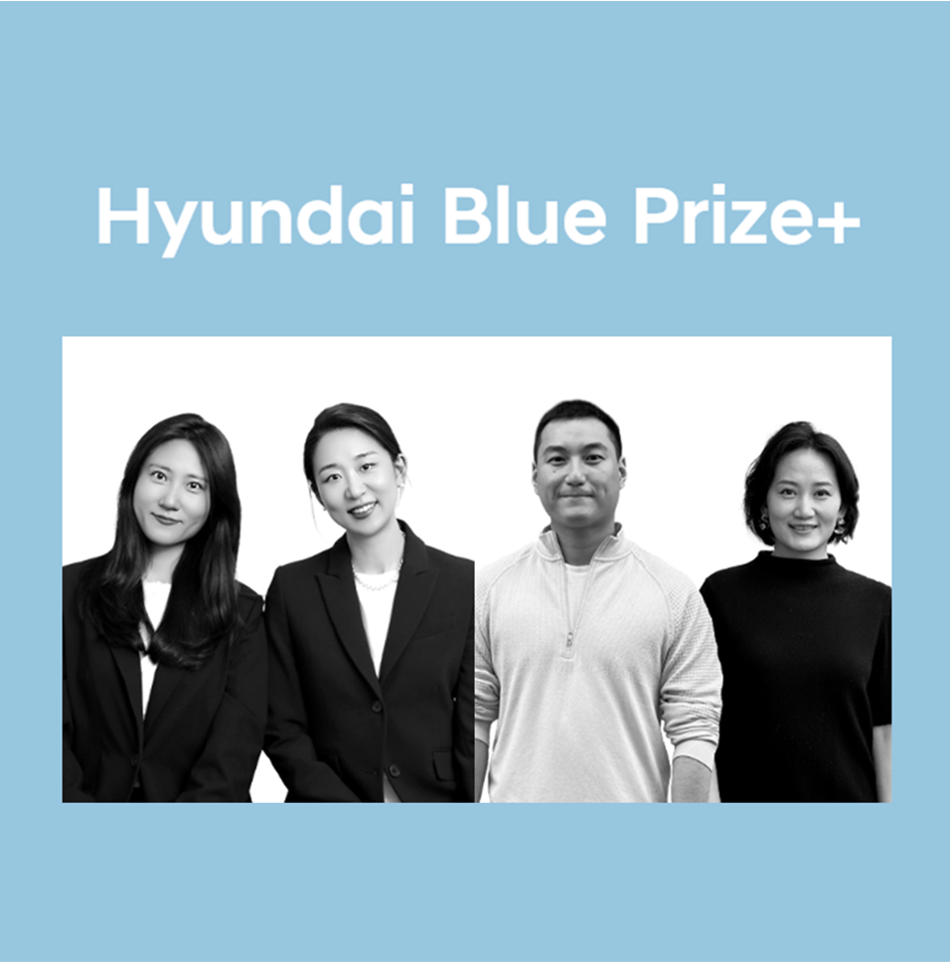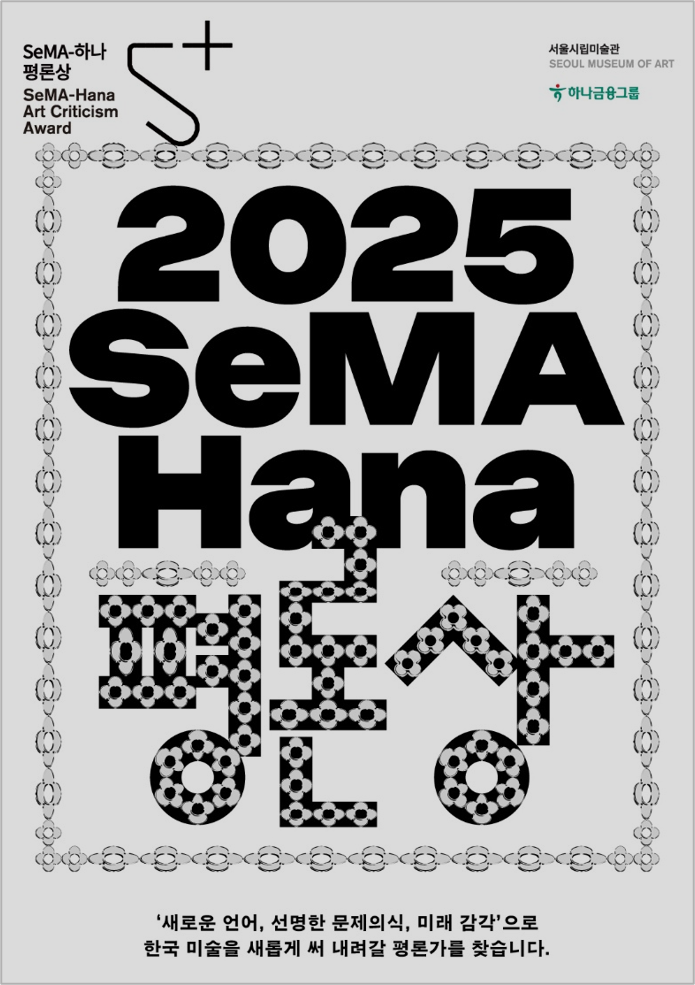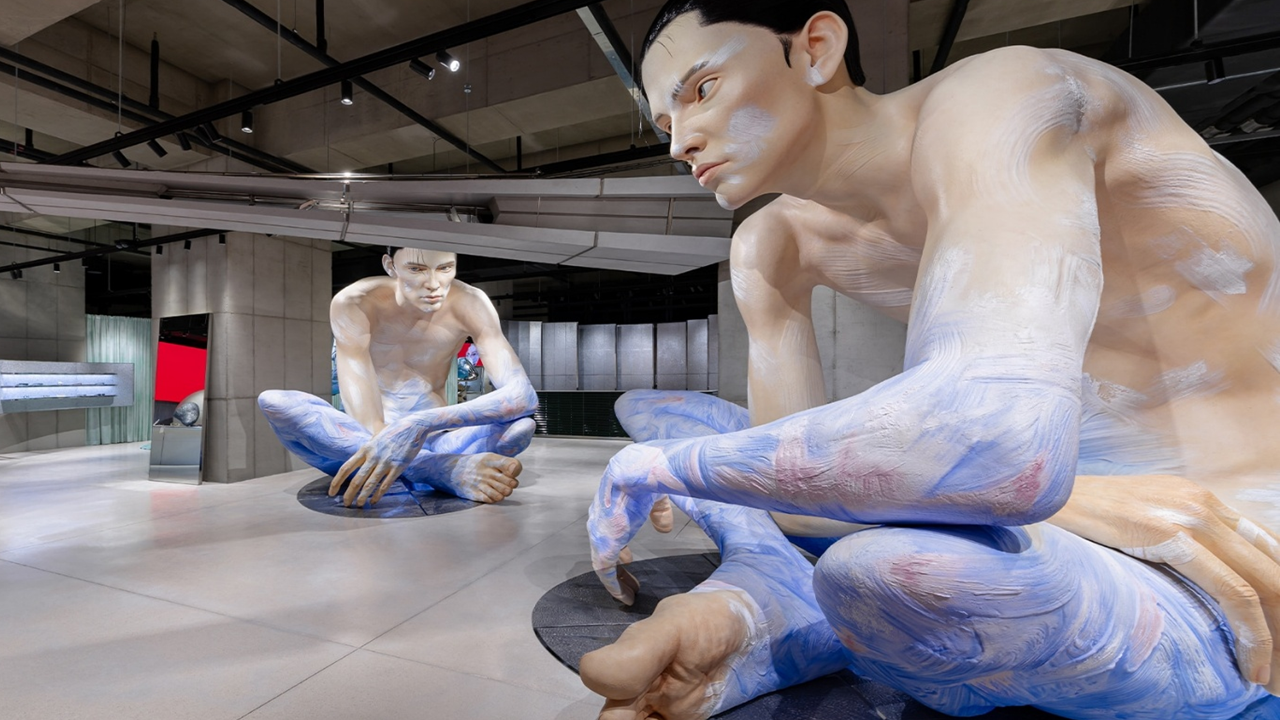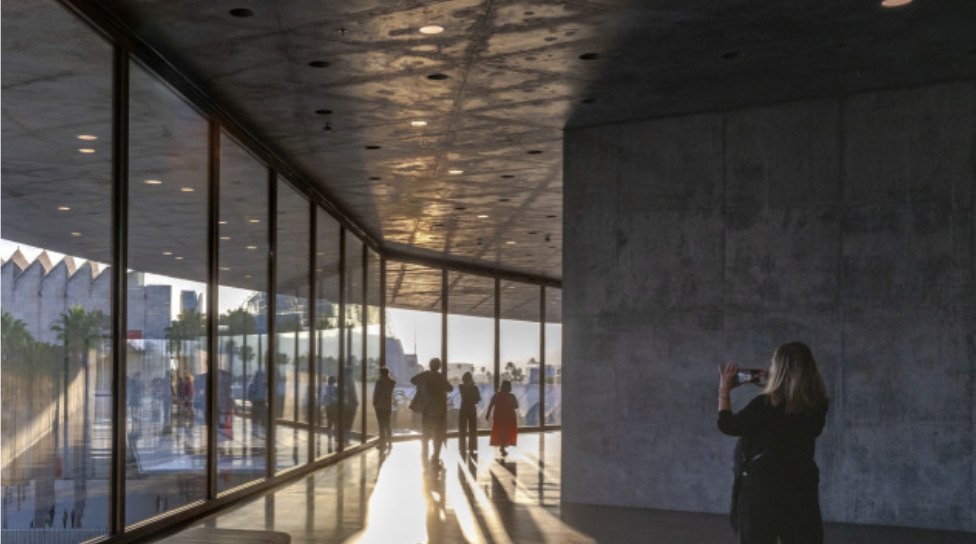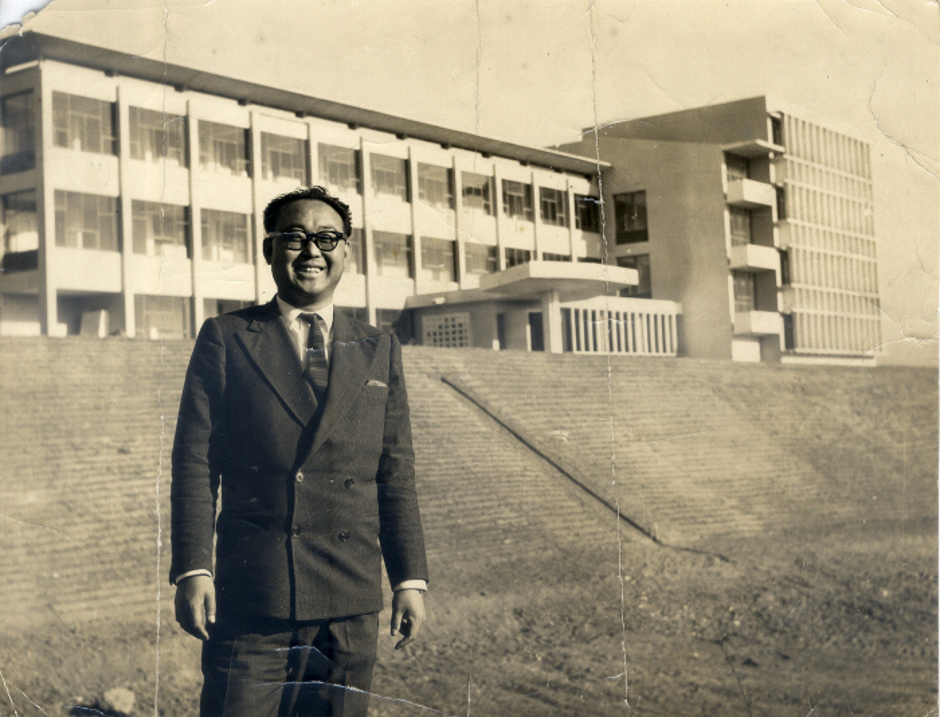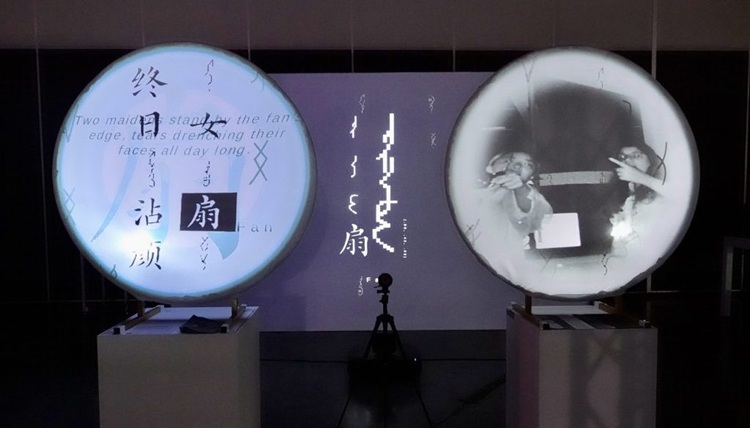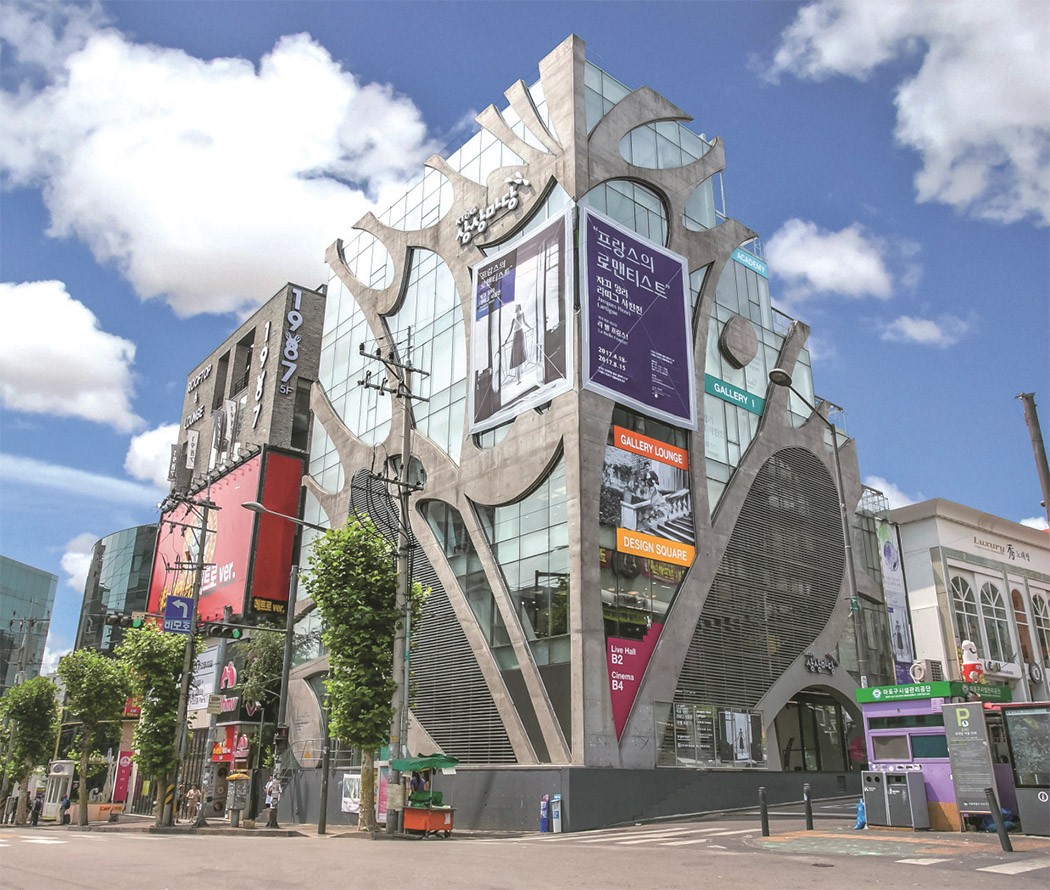
Exterior view of KT&G Sangsangmadang Hongdae ©KT&G
According to the ‘2024 Survey on
Corporate Support for the Arts’ published by the Korea Mecenat Association,
total corporate support for arts and culture in South Korea reached 212.52
billion KRW in 2024, marking a 1.8% increase from the previous year.
The survey was conducted with 735
organizations, including the top 500 domestic companies by revenue and
corporate-sponsored cultural foundations. Results showed an overall increase in
support: total funding rose by 1.8%, the number of supporting companies grew by
14%, and the number of supported projects increased by 18.5%. However, the
modest 1.8% rise in total funding suggests that corporate support for the arts
has largely stagnated.
Among corporate-sponsored cultural
foundations, the Samsung Foundation of Culture recorded the highest level of
support, following its leading position last year. Operating the Leeum Museum
of Art and Hoam Museum of Art, the foundation expanded its support in the music
field by opening a new multi-purpose cultural space, “Sounds S,” in 2024. It
was followed by the LG Yonam Culture Foundation, LOTTE Foundation for Arts,
Doosan Yonkang Foundation, and CJ Cultural Foundation, rounding out the top
five.
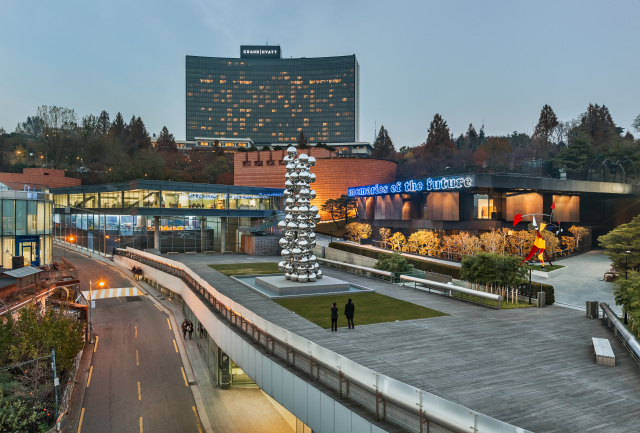
Exterior view of Leeum Museum of Art ©Samsung Foundation of Culture
Among individual companies,
KT&G recorded the highest amount of cultural and arts support in 2024,
following its leading position the previous year. KT&G operates KT&G Sangsangmadang,
a multi-purpose cultural and arts space, in locations including Hongdae and
Daechi in Seoul, as well as Chuncheon, Nonsan, and Busan—establishing itself as
a key cultural platform.
Trailing KT&G in support volume
were Hyundai Department Store, Hanmi Pharmaceutical, Shinsegae Department
Store, and Shinhan Card, which ranked among the top contributors.
By category, infrastructure
support—covering art museums, multi-purpose cultural spaces, and performance
halls—accounted for the largest share of corporate funding at 56.5%, amounting
to approximately 120.01 billion KRW. Although this represents a slight decrease
of 0.3% from the previous year, infrastructure remains the most heavily
supported area.
The next largest category was
visual arts and exhibitions, which totaled around 31.9 billion KRW—an increase
of 3.9% year-over-year. This upward trend is attributed to factors such as the
expansion of conditional donations by the Arts Council Korea, increased gallery
exhibitions inside department stores, and growing collaborations with visual artists.
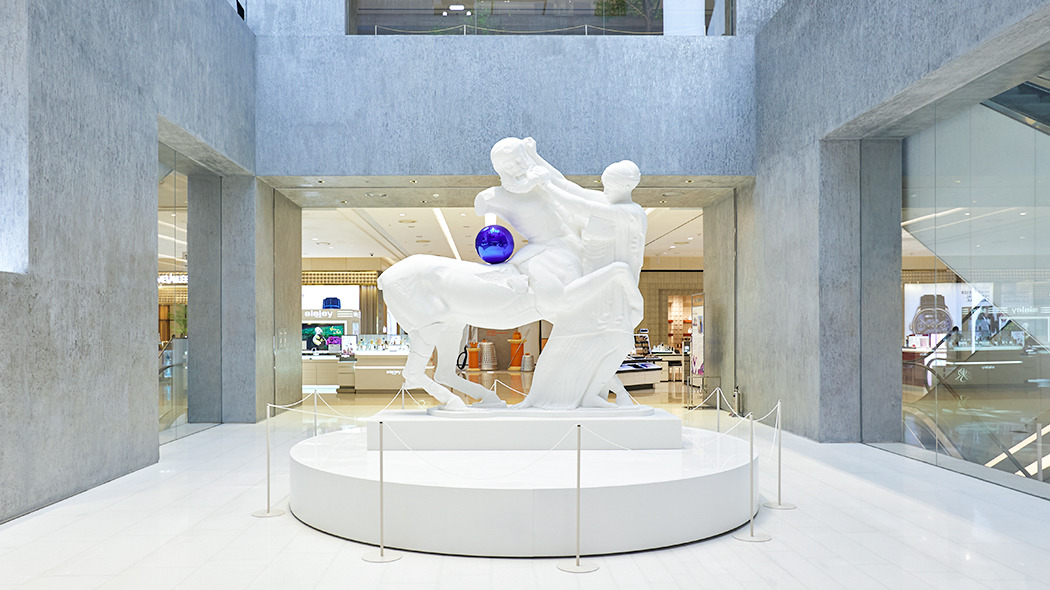
Jeff Koons, Gazing Ball: Centaur and Lapith Maiden, 2013, installed at The Square, 1st floor of The Hyundai in Daegu in 2024. ©Hyundai Department Store
In terms of regional distribution,
Seoul accounted for 48.6% of the total amount of corporate support, while the
broader capital region made up 61.6%, indicating a heavy concentration of
support in specific areas. The Korea Mecenat Association pointed out that such
regional disparity could have a negative impact on the overall cultural
ecosystem in local areas by weakening the creative foundation for regional
artists, limiting access to cultural infrastructure, and reducing audience
engagement.
The association further emphasized
that in order to break out of the current stagnation in corporate support for
the arts, new momentum is needed—such as increased participation from regional
companies. It also suggested that stronger government policy support is
necessary, including enhanced tax benefits for arts-supporting corporations,
the introduction of incentive-based evaluation systems for public project bids
and ESG (Environmental, Social, and Governance) assessments, and the
development of a performance evaluation framework to effectively measure the
impact of cultural and arts support.



